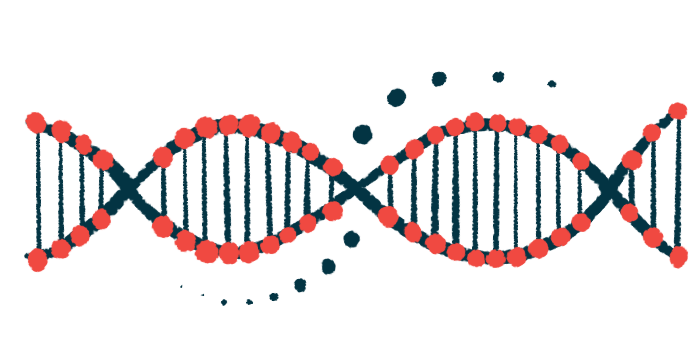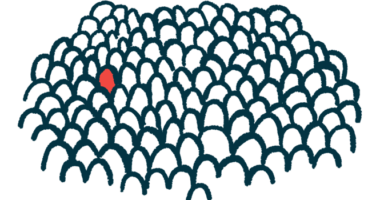Study: Genetic panel can tell Pompe disease from muscular dystrophy
Adding GAA gene to panel may help set diseases apart, offer accurate diagnoses

Some individuals with limb-girdle muscular weakness, a hallmark symptom of a type of muscular dystrophy, may instead be found to have Pompe disease by genetic panel testing, according to a new study with data from more than 2,000 patients in 21 countries.
That testing used next-generation sequencing, or NGS, which can map many DNA reads at the same time.
According to the researchers, this means that adding the GAA gene — which is mutated in Pompe disease — to a genetic panel for limb-girdle muscular dystrophy may help set the two diseases apart and offer an accurate diagnosis for patients. The team noted that such testing can reliably identify genetic causes of muscular weakness, provided technology and expertise are accessible.
Given these findings, “we propose that NGS be employed as a frontline diagnostic tool in individuals with suspected muscular diseases of genetic origin,” the researchers wrote.
Their study, “Detection of gene variants associated with recessive limb-girdle muscular weakness and Pompe disease in a global cohort of patients through the application of next-generation sequencing analysis,” was published in the journal Frontiers in Genetics.
Genetic panel testing may help diagnose limb-girdle muscular weakness patients
Limb-girdle muscular dystrophy comprises a group of diseases linked to mutations in more than 30 genes — all manifesting as weakness in the muscles around the shoulders and hips in a so-called limb-girdle pattern. Most forms are recessive, which means that both copies of the gene in each cell have mutations.
Diagnosing limb-girdle muscular dystrophy can be challenging because weakness in proximal muscles, or those closer to the trunk of the body, is common to many other diseases, including late-onset Pompe disease. In this form of Pompe disease, symptoms begin during childhood or adulthood.
In Latin America, a specific 10-gene panel has been used to identify recessive limb-girdle muscular dystrophy (nine genes) and Pompe disease (one gene) in patients with unexplained limb-girdle muscular weakness. Now, the researchers used this genetic panel to investigate how common these diseases are globally.
The study included 2,372 patients with limb-girdle muscular weakness from 21 countries. More than half (57%) were adults. Of the 261 individuals who tested positive on the genetic panel test, 225 (86.2%) had limb-girdle muscular dystrophy. Importantly, according to the researchers, 36 people tested (13.8%) had Pompe disease.
NGS is a reliable test for the identification of patients with muscular weakness given that access to NGS technology and expertise is not a challenge.
Pompe disease was the third most common cause of limb-girdle muscular weakness, the researchers noted. It was diagnosed in patients from 11 countries, with the highest number of cases seen in Brazil. The most common mutation in the GAA gene, called c.-32-13T > G, was found in 20% of Pompe patients.
The researchers noted that a lack of access to NGS, and know-how in using it, could be a factor in testing.
“NGS is a reliable test for the identification of patients with muscular weakness given that access to NGS technology and expertise is not a challenge,” the researchers wrote.
According to the team, it can be used to diagnose late-onset Pompe disease — which can be mistaken for limb-girdle muscular dystrophy — allowing proper and timely therapeutic interventions for patients.
The researchers noted that one limitation of this study was “the low diagnostic yield, which may be due to a lack of proper understanding of the gene panel and the inclusion of a limited number of genes.” They suggested using “gene panels with a greater number of genes.”
The study was funded by Sanofi, which has developed and markets Lumizyme (alglucosidase alfa) and Nexviazyme (avalglucosidase alfa), two enzyme replacement therapies approved for Pompe disease.







